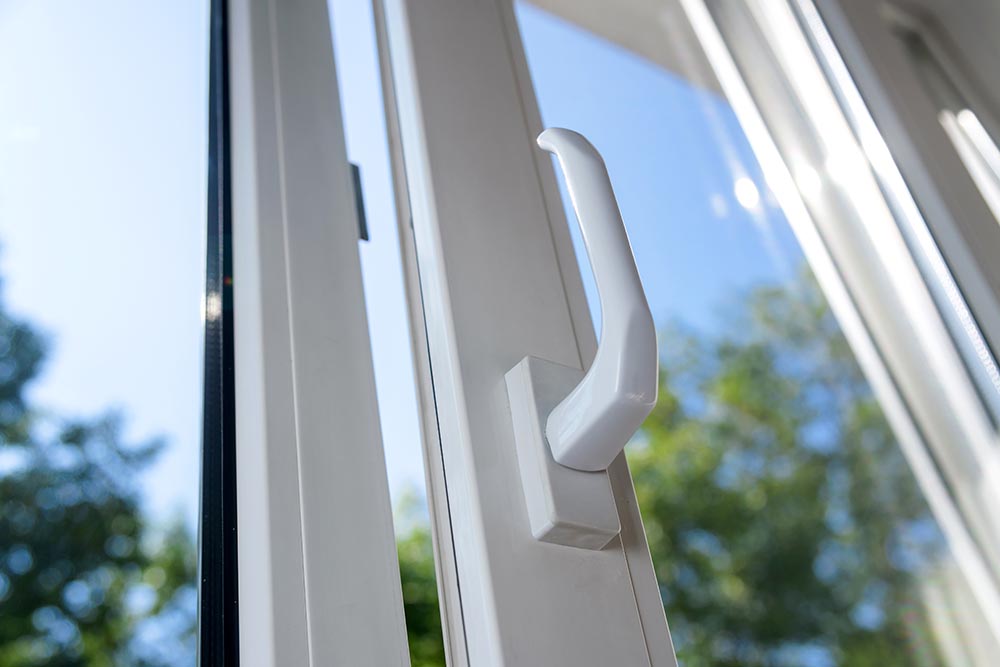Deciding between vinyl or fiberglass replacement windows is a challenge for a lot of homeowners. Several complex factors come into play, including cost, strength, durability, and overall aesthetics.
In this article, we will examine the differences between these two materials so that you can make the best choice for your home, lifestyle, and budget.
An Overview of the Options
Vinyl and fiberglass are two of the most popular materials used in window design. Windows made from vinyl are more formally known as polyvinyl chloride (PVC) windows and have a shell that is made from a type of plastic.
Fiberglass, on the other hand, is created when the glass is placed in extreme heat and then melted into fine fiber and woven together. If this material is used in the construction of window frames, a resin will be added to help form the proper shape.
Fiberglass and vinyl share similarities in terms of being strong, durable, easy to maintain, and resistant to water. They both last much longer than wood, which can rot, warp, and splinter over time from exposure to the elements.
So which option will be best for your home? Take a look at some of the differences below!
Fiberglass Allows for More Versatility in Design
If you want to make sure that you get as much natural light as possible in a space, then fiberglass windows are the way to go. That’s because fiberglass frames are usually a bit thinner, which leaves more of the glass exposed.
Fiberglass is also available in a wide variety of color options. It can even be painted and made to look like real wood if desired.
Vinyl Windows Are a More Affordable Option
If you’re looking for a budget-friendly option, then vinyl beats out both wood and fiberglass. In fact, depending on where you’re located, you can expect to pay between 10 to 30 percent less for vinyl windows.
Fiberglass gets High Marks for Durability
As we mentioned earlier, fiberglass and vinyl are both more durable than wood. However, fiberglass is the best choice if you’re looking for a long-lasting option.
A high-quality vinyl material will last a homeowner about 30 years. Fiberglass, however, can last up to 50 years after installation. This material is very strong and is resistant to moisture, even in extreme weather conditions.
Vinyl, on the other hand, tends to contract and expand as the temperature fluctuates throughout the day. In extreme environments, this can eventually cause your glass or frame to break. In turn, this reduces the energy efficiency of your home, which may lead to higher energy bills each month.
Vinyl Windows Are Easy to Install
Barring any major discrepancies in your measurements, vinyl is more forgiving if your numbers are off by a bit. This is what makes vinyl such a popular material for do-it-yourself homeowners.
Fiberglass is More Energy Efficient
Both fiberglass and vinyl do pretty well when it comes to providing adequate insulation. However, fiberglass windows tend to be approximately 15% more efficient on average.
Both Materials Require Very Little Maintenance
Unlike wood, which requires tons of time and attention to care for, fiberglass and vinyl are virtually carefree. All you need is a sponge and some warm water to keep them clean.
Ultimately, your final decision between the two materials will come down to your personal preference. Consider which features are most important to you so that you can make a choice that you’ll be happy with.
For fiberglass or vinyl replacement windows in Kansas City, contact Smart Exteriors!

